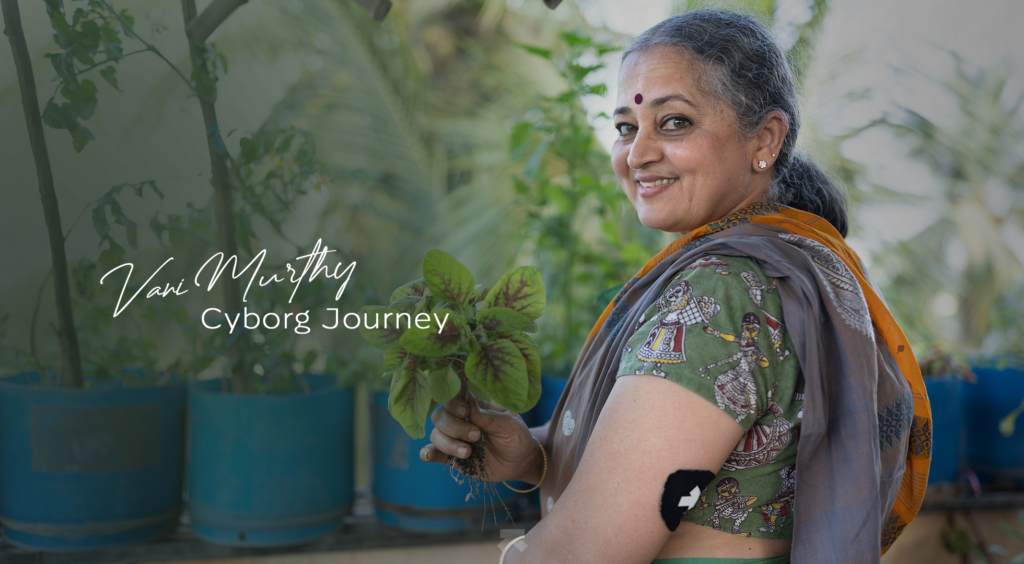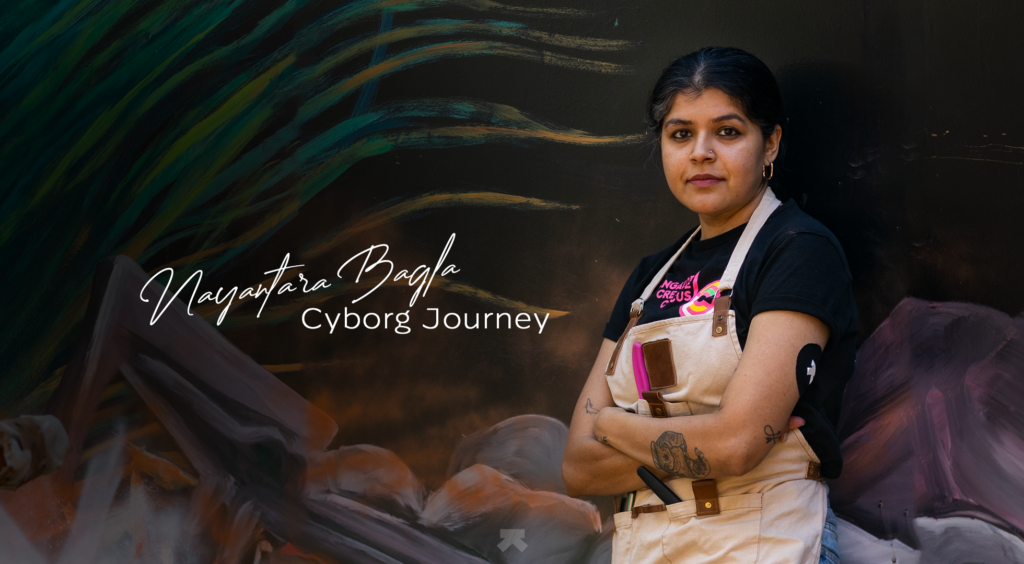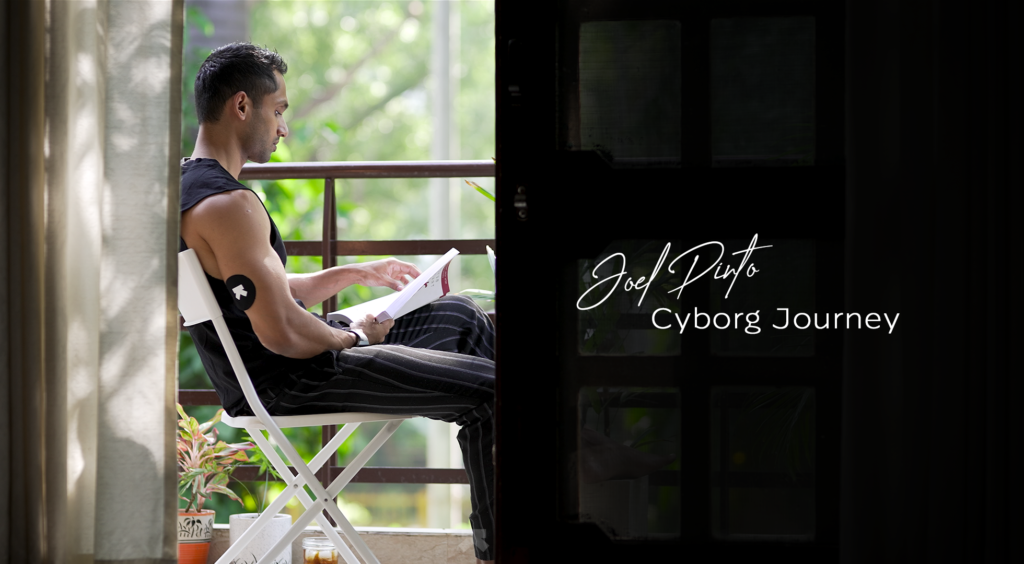Vani Murthy is a Bengaluru-based homemaker and urban farmer. In an attempt to recycle the food waste generated daily in her kitchen—and gradually move towards a low-waste lifestyle—Murthy felt encouraged enough to take up composting seriously, also making the most of her terrace space. The 60-year-old has been part of a group called Solid Waste Management Round Table in her city for the past 12 years, and now conducts workshops on different kinds of composting, such as aerobic, anaerobic and vermi-composting.

Highlights
- Becoming mindful about understanding how your body is responding to what you eat—and making subsequent alterations to your meals accordingly—is half the battle won,
- Add more complex carbohydrates and fibre to your meals to make them more wholesome, thus helping stabilise your glucose levels,
- Walk around for some time after each meal as opposed to immediately sitting in one place or lying down.
One of the major changes I observed is how much I’ve begun to enjoy cooking for myself, simply because I know exactly what is going into my meals and the nutrition I am receiving.
It was learning how to compost and growing her own food that made Murthy take a close look at nutrition and the kind of food we put into our bodies. Moreover, her curiosity around tracking the real-time impact of food was piqued when her son started using the Continuous Glucose Monitoring (CGM) device, prompting her to use one as well. Here, Murthy shares with us how using the device made her more perceptive towards her nutrition choices and mobility patterns, helping her become the best version of herself.
- Understanding the difference between knowing and doing– There is a considerable difference between knowing something and actually acting on it and incorporating it into your daily life. I was excited to start using the CGM device as it was something novel for me, and I was amazed by the fact that a small chip could give me so much information about my body. It prompted me to read up more and even listen to podcasts on metabolism and blood glucose. When you receive real-time data about your body, you inadvertently become more conscious and aware, making you put all the knowledge you have gleaned into practice.
- Tracking your glucose levels is a work-in-progress process– Using the Cyborg to track my blood glucose levels made me realise that it is crucial to experiment with the kinds of food I eat, in order to gauge how my body responds to these different foods. Eat foods you don’t otherwise eat, and observe what really happens. I started logging in my food, and writing down what I ate at that time. At times my glucose level was already high and I ate something that spiked it even further. I consciously curtailed my intake of tea and coffee—as caffeine contributes to sudden, quick spikes—and even experimented with intermittent fasting (to monitor how altered meal timings would impact blood glucose), something I otherwise thought I wouldn’t be able to sustain. Having real-time data at hand is a key learning; it could help you to decide to eat when your glucose is very stable or is low. With the second patch, I noticed my scores were largely in the red zone, and this somewhat took me by surprise. But I am still learning, and understand that it is a work in progress.
- It’s all about having balanced meals– I was aware that I needed to lose some weight in order to optimise my health, especially given my age. Eating fruit spiked my glucose levels easily, and I learnt I should perhaps eat it along with a meal. Similarly, eating white rice or chapati would cause quick spikes. So I began to introduce more vegetables—and hence fibre—into my diet to create a balance. In Bengaluru, where I live, our meals almost always comprise of koshambirs, palyas, some rice and ghee, sambars and rasams, translating into a balance of fibre, carbohydrates, fat and protein. I am now trying to maintain this balance in my daily meals.

- Switch to whole grains and up your fibre intake-While eating a balanced diet is important, I have also realised what kind of foods help bring about this balance. For instance, even though I have cut down my intake of carbohydrates, I still opt for unpolished rice, red rice or whole grains over processed, polished rice, as the latter would cause sudden spikes in my glucose levels. I now eat three to four types of vegetables—say a raw salad, a semi-cooked stir-fry and then a proper palya. I also eat peanut curd and raita. All of this has enabled me to introduce more volume to my meals to make them more wholesome and nourishing.
- The act of cooking is a motivator– Once I began to use the CGM device and track data about my body’s reaction to what I was eating, I started becoming very aware and mindful of what I was consuming. Subsequently, one of the major changes I observed is how much I’ve begun to enjoy cooking for myself, simply because I know exactly what is going into my meals and the kind of nutrition I am receiving.
- Being mobile helps stabilise glucose levels– I have begun to move around a lot more, especially after meals. Initially I would sit down immediately after eating but now walk around for a bit, or go and spend some time in my garden. I live on the third floor and now take the stairs each time I go down or return home. These are small yet significant changes that have come about, specifically since I otherwise used to lead a pretty sedentary lifestyle. Earlier, sitting for long periods of time caused inflammatory pain and also made me put on weight. I had experimented with getting a trainer to help me do some weights but after a point the pain became so intense, I had to discontinue training. However, using the CGM device has slowly improved my health, and I can almost visualise myself as being fit.
Conclusion
For Vani Murthy, perhaps the most important consequence of using the Continuous Glucose Monitoring device is the level of awareness she has gathered about how her body responds to the food choices she makes. The mental cognisance she has developed about her health is a crucial motivator for making decisions around consuming foods and whether they will be good for her in the long run. Moreover, blood sugar tests had revealed that Murthy was pre-diabetic, and the heightened awareness only made it easier for her to take control of her health. As someone who grows her own food and is cognisant of ingredients, it was only perhaps natural for her to gradually extend this knowledge—combined with the real-time data she was receiving through the CGM device—towards improving her health.
Disclaimer: The contents of this article are for general information and educational purposes only. It neither provides any medical advice nor intends to substitute professional medical opinion on the treatment, diagnosis, prevention or alleviation of any disease, disorder or disability. Always consult with your doctor or qualified healthcare professional about your health condition and/or concerns and before undertaking a new health care regimen including making any dietary or lifestyle changes.







